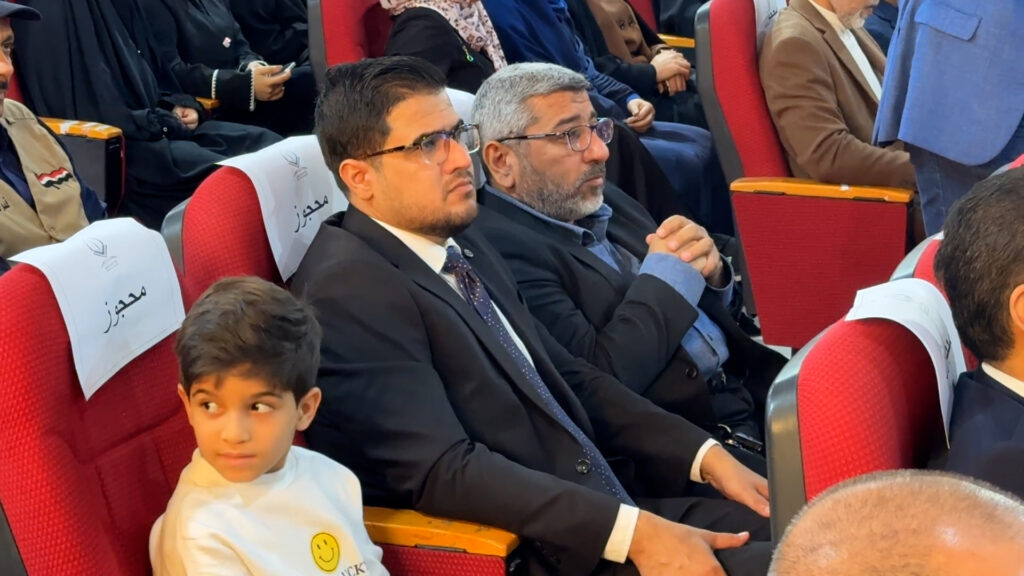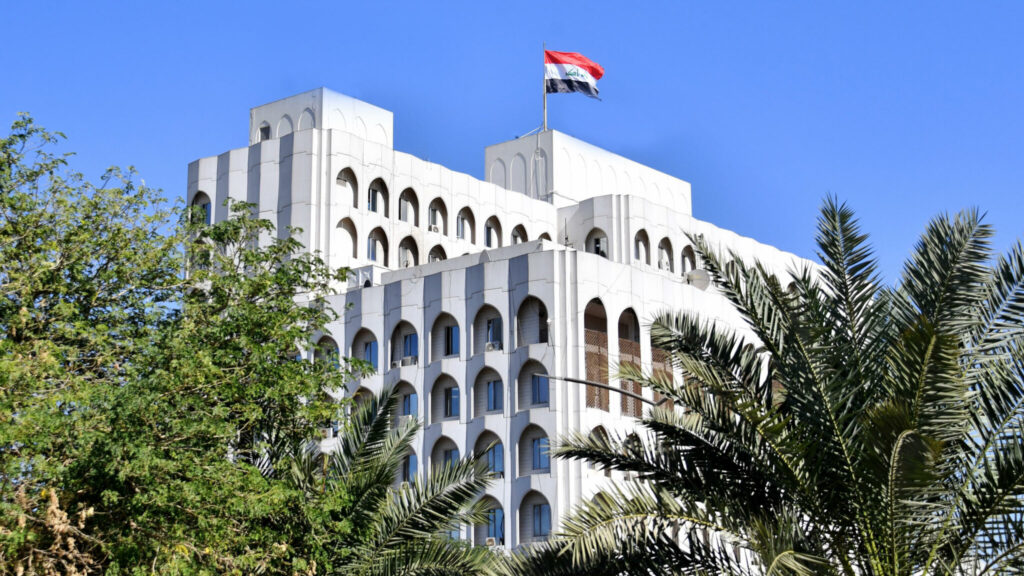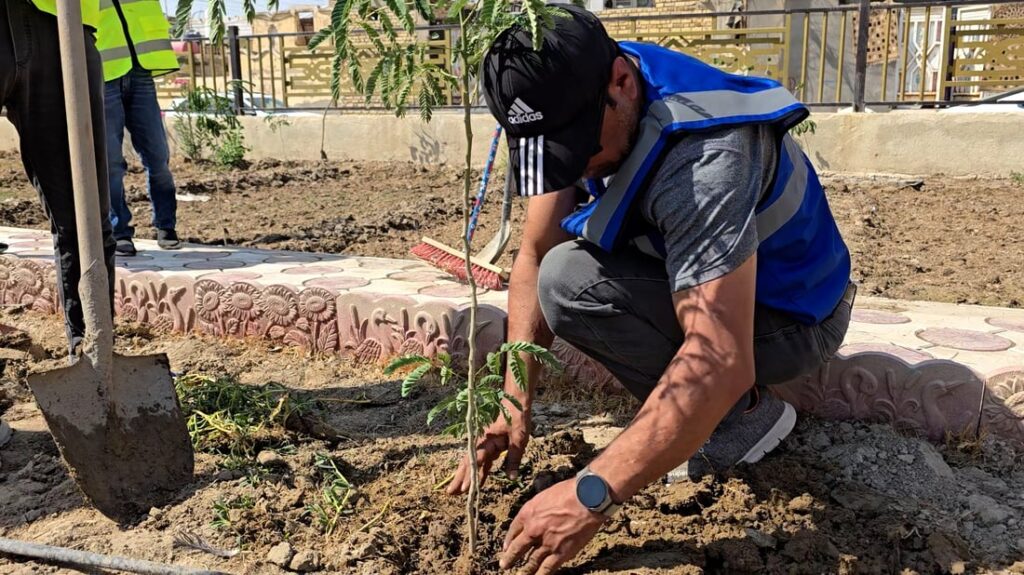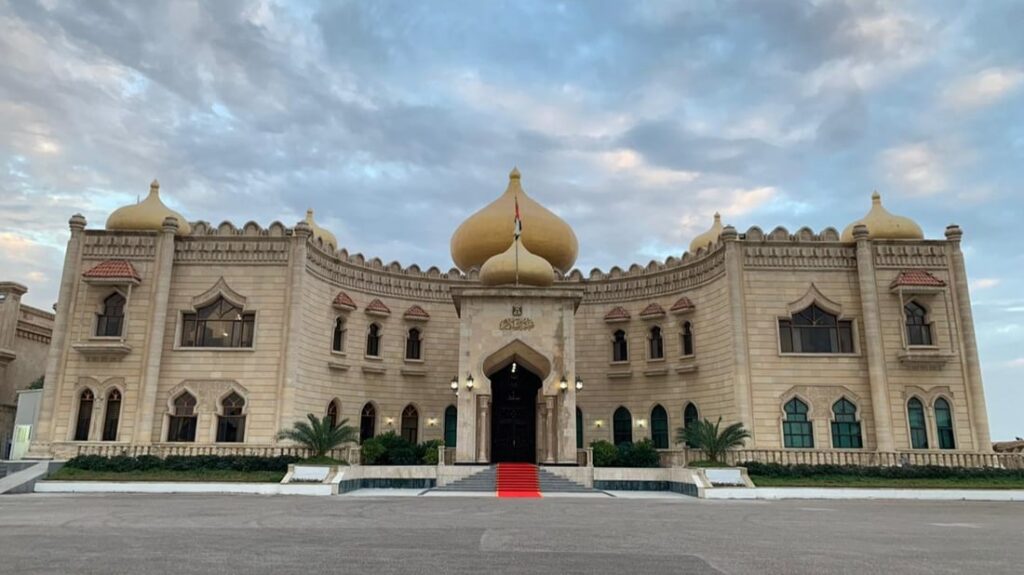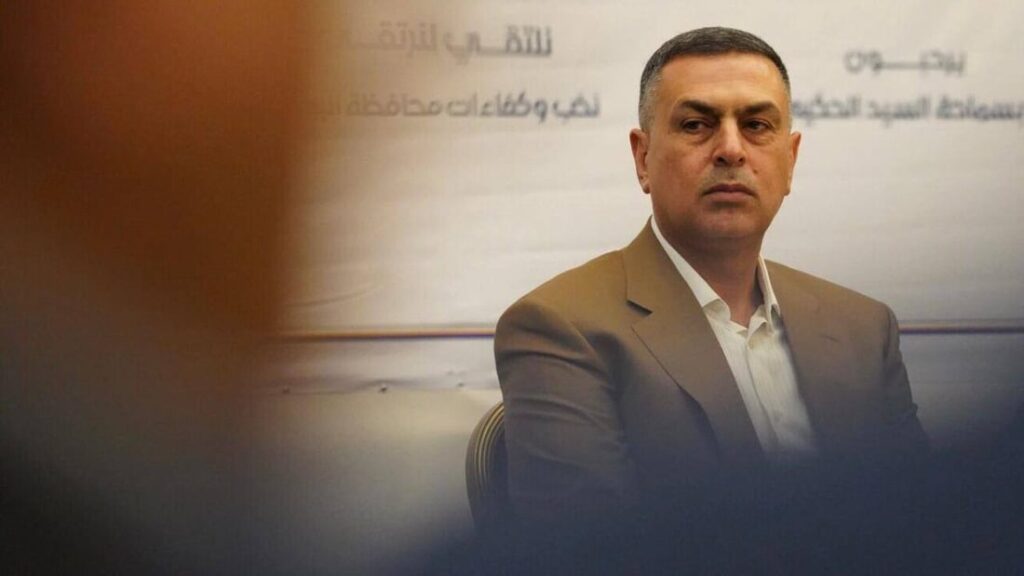Iraq: Communication for Behavioural Impact (COMBI) plan for eliminating Female Genital Mutilation (FGM) in Kurdistan Region-Iraq: One and a half year programme (2019-2020)
Background
A study of Female Genital Mutilation (FGM) in the Kurdistan Region of Iraq (KR-I) commissioned by High Council of Women Affairs (HCWA) in 2015 indicated the following: Among the mothers surveyed, 44.8% reported undergoing FGM/C themselves (60% in Sulaymaniyah, 40% Halabja, 68% Erbil and 7% Dohuk) compared to 10.7% of their daughters (age 0-14 years of age) being cut. Most of the FGM prevalence re their daughters age 4-14 years old is to be found in Erbil (17%) and Sulaymaniah (12%) governorates with smaller amounts in Duhok (4%) and Halabja (1%) governorates.
Girls are cut usually around 5 years of age. The cutting usually takes place at home and 65% of all reporting cuttings were carried out by traditional birth attendants, some of whom are “certified” in some fashion by the Ministry of Health to deliver babies at their homes or the homes of pregnant women.
When mothers were asked about their plans to cut or not to cut their daughters, only 4.3% stated that they intend to have FGM/Cutting carried out on their daughter with an additional 5.3% saying they were unsure about their plans. So about 10% of mothers may have their daughters around age 5 circumcised.
There is near zero cutting intended for the next year of a daughter around age 5 in Duhok and Halabja. As a consequence, the COMBI Plan proposes more intense communication work in Sulaymaniyah and Erbil governorates.
Of girls who were cut, the vast majority (90.0%) were cut with a razor blade. Cutting usually happened at the girl’s home (75.0%) rather than at the home of a relative or the home of the cutter (sometimes the same person) (21.1%).
The HCWA in collaboration with UNFPA developed a public communication program to persuade mothers of KR-I to not cut their daughters.
This 18-month public communication plan is presented below and the public is asked to join in a regional effort to eliminate this damaging and hurtful practice of FGM/Cutting in all of KR-I.


